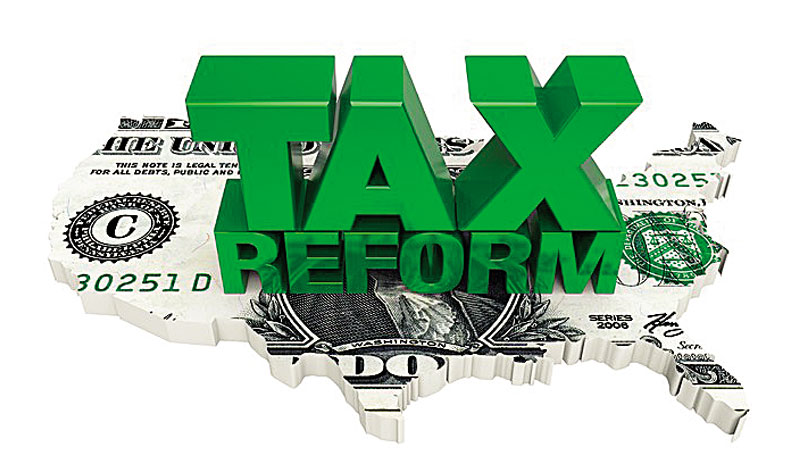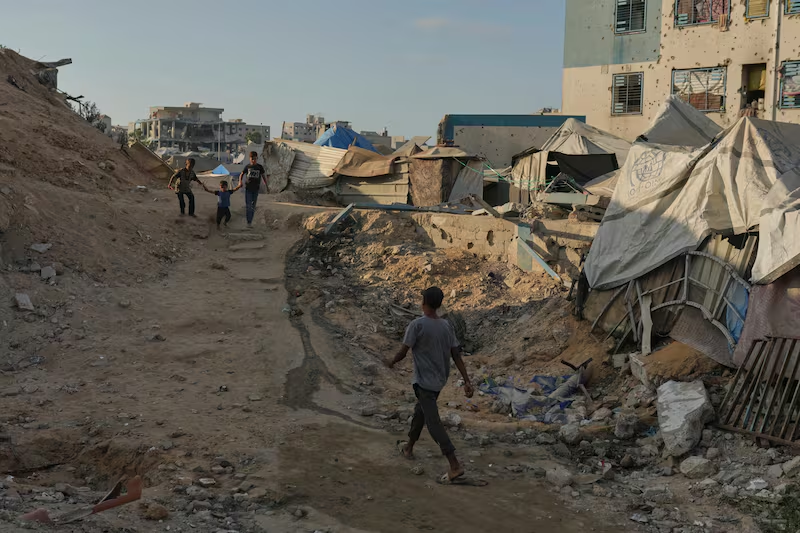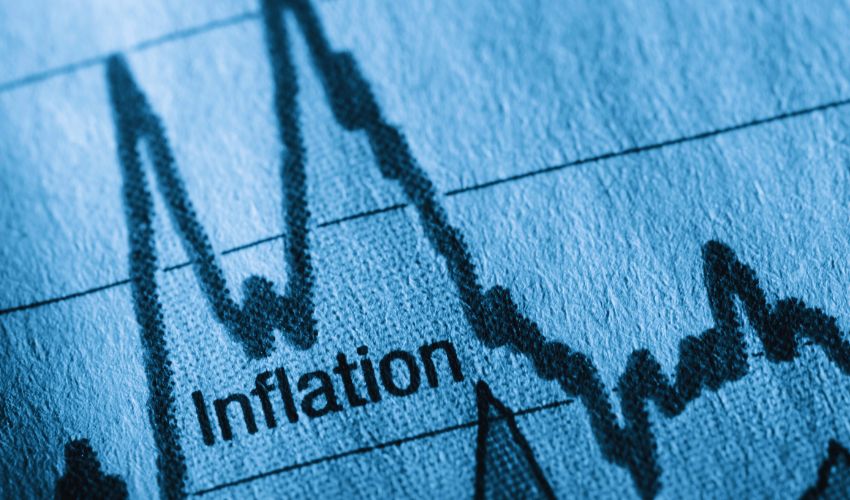Masood Khalid Khan
Pakistan’s energy sector — the backbone of industrial and economic stability — is now a case study in disorder and dysfunction. Despite repeated promises of reform, the government and its regulators continue to mismanage the most critical segment of the national economy, particularly the electricity sector, where inefficiency, political expediency, and weak regulation have converged into a perfect storm.
Follow republicpolicy.com
Instead of structural reform, the government’s focus remains narrowly fixated on protecting the National Transmission and Distribution Company (NTDC) grid. This misguided priority has pushed the gas sector to the brink of default. The outcome is predictable: a steep rise in electricity costs, new levies on alternative energy avenues, and a shrinking manufacturing base. Out of 22 large-scale manufacturing (LSM) subsectors, 10 are performing worse than they did a decade ago.
The latest controversy involves NEPRA’s sudden reversal of K-Electric’s multi-year tariff determination. After an exhaustive 18-month process that included evaluation, consultation, and technical hearings, the regulator reversed its own order under pressure from the Power Division and media backlash. This U-turn raises disturbing questions about NEPRA’s autonomy and credibility.
Follow Republic Policy YouTube
If the earlier decision was made after rigorous due diligence, why was it reversed so casually? And what is the legal basis for a regulator to take suo motu action on its own determination? Such inconsistencies expose institutional fragility and destroy investor confidence. Pakistan already suffers from political instability; adding regulatory unpredictability only worsens the investment climate.
The supposed “relief” in tariffs — a cumulative reduction of Rs7 per unit — is cosmetic at best. Because electricity prices are uniform nationwide, consumers in Karachi will see little to no benefit. In fact, they may end up paying more as older tariffs are being retroactively adjusted. For Karachi’s manufacturers, this policy confusion translates into higher production costs, declining competitiveness, and fading investor confidence.
Follow Republic Policy on X
The uniform tariff policy is itself flawed. Southern regions produce surplus power at lower marginal costs, yet supply constraints prevent this cheaper electricity from reaching the north, where household demand dominates. Instead of enforcing uniformity, the government should adopt a marginal pricing model, offering lower tariffs to industrial consumers in the South to encourage production and efficiency.
The policy on captive power plants adds another layer of contradiction. The government’s imposition of a higher levy on captive plants — often the best-paying gas consumers — has deprived the gas sector of crucial revenue. Consequently, gas circular debt is ballooning, while industrial users are not switching to the national grid because grid electricity remains costly and unreliable.
Follow Republic Policy on Facebook
At the heart of this crisis lies a policy inconsistency and trust deficit — between regulators and consumers, and between the Ministry of Energy and industry. The government’s inability to communicate or sustain a consistent pricing and supply strategy has crippled both the power and gas sectors. Decisions that should be technical and data-driven are routinely politicized, leaving both producers and consumers uncertain of what comes next.
Investors — both local and foreign — have long identified energy pricing and availability as key determinants of investment decisions. Yet the government continues to send contradictory signals: tariff hikes followed by reversals, new levies followed by exemptions, and commitments followed by delays. Such inconsistency not only kills investor confidence but also suffocates the manufacturing sector, which is already under pressure from inflation and declining export competitiveness.
Follow Republic Policy on TikTok
The broader impact is devastating. An energy crisis directly translates into economic contraction. When power costs soar, industries shut down, exports decline, and unemployment rises. The manufacturing sector — once Pakistan’s strongest driver of growth — is now shrinking because it cannot compete globally with such high input costs. Every megawatt mismanaged is a job lost, a factory closed, or an investment diverted elsewhere.
The government’s defensive narrative that energy reform is politically sensitive no longer holds. The real crisis lies not in the lack of solutions but in the lack of political courage to implement them. Reforms in energy pricing, subsidy rationalization, and efficiency audits have been repeatedly proposed, yet successive governments continue to trade long-term sustainability for short-term populism.
Follow Republic Policy on Instagram
Pakistan’s energy sector now requires a comprehensive structural reset. Regulators like NEPRA and OGRA must be depoliticized and empowered to act independently, guided by economic rationale rather than ministerial directives. The tariff-setting process must be transparent and legally binding, shielding it from arbitrary reversals. The government must also diversify its energy mix, invest in transmission upgrades, and rationalize circular debt through a sustainable financial model.
Above all, policy continuity is vital. Every new administration begins with reform rhetoric but quickly reverts to political maneuvering. Until this cycle is broken, the energy sector will remain trapped in recurring crises — undermining industrial growth, eroding public trust, and keeping the economy in perpetual stagnation.
In essence, Pakistan’s energy collapse is not just technical — it is governance failure. The lack of coherent policy, weak regulation, and political expediency have collectively crippled the sector. If Pakistan is to move towards sustainable growth, it must treat energy reform not as a bureaucratic exercise but as a national survival priority.
Only through institutional independence, regulatory integrity, and informed policymaking can the energy sector regain balance — and with it, Pakistan’s economic future.














